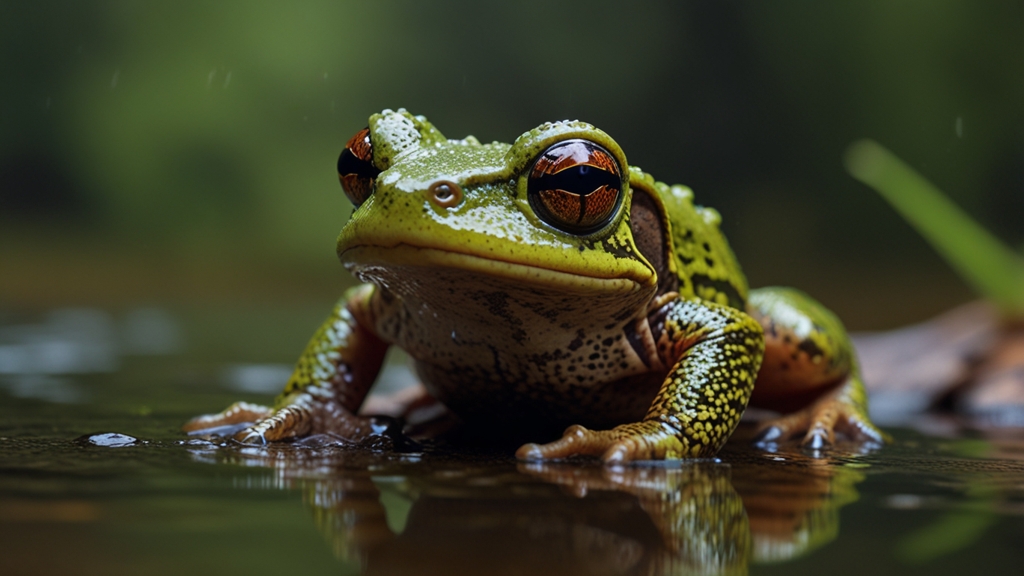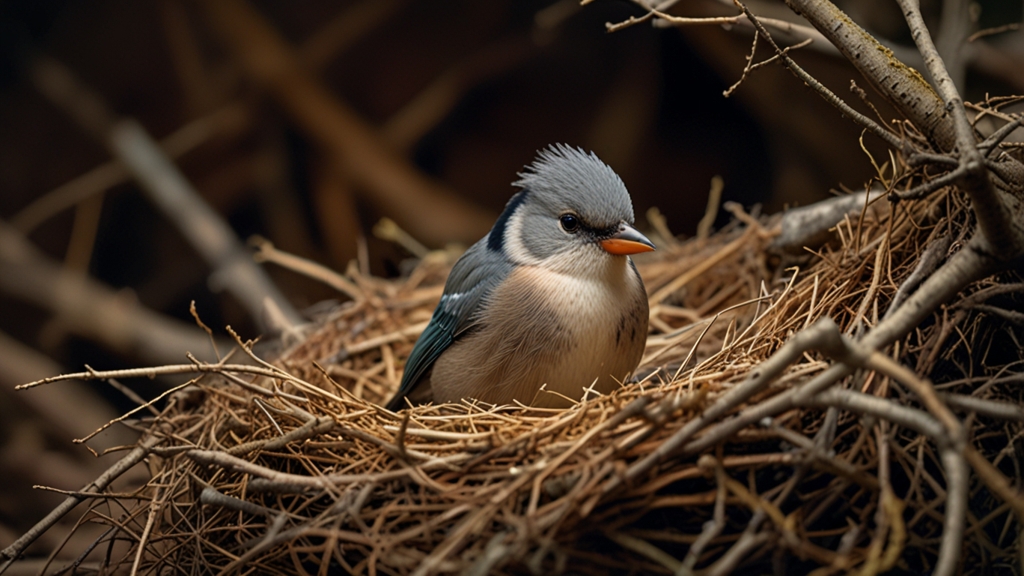Surprising Facts About Amphibians That Will Change Your Perception
Amphibians are often overshadowed by their more well-known cousins in the animal kingdom, such as mammals and birds. However, these fascinating creatures are full of surprises that can dramatically change your perception of them. From their unique adaptability to their incredible regenerative abilities, amphibians are more than just the "middlemen" between water and land. Here are some surprising facts about amphibians that will change the way you think about them.
Amazing Regenerative Abilities
One of the most astounding abilities of amphibians is their capacity for regeneration. Frogs, salamanders, and newts can regrow lost limbs, tails, and even parts of their heart and spinal cord. Salamanders, in particular, are known for their extraordinary regenerative prowess. Scientists are studying these abilities to understand how they can be applied to human medicine, potentially innovating new treatments for spinal cord injuries and heart disease.
Environmental Indicators
Amphibians are considered vital "bioindicators" due to their sensitivity to environmental changes. This means that their health reflects the state of the environment around them, making them excellent early-warning systems for ecosystem degradation, pollution, and climate change. The decline in amphibian population often precedes environmental disasters, prompting scientists to pay close attention to their numbers and health.
"Amphibians are nature's early-warning system, a critical indicator of the health of the ecosystems they inhabit. Their decline signals trouble not just for themselves but for all species sharing their environment, including humans." – Dr. Karen Lips, Amphibian Biologist
Skin: A Marvel of Adaptation
Amphibian skin is a biological marvel. Unlike reptiles that are covered in scales, amphibians have permeable skin that allows them to absorb water and essential gases directly from their surroundings. This unique feature enables them to thrive in humid environments but also makes them incredibly vulnerable to toxins and environmental changes.
Hibernation and Aestivation
Amphibians have developed ingenious ways to survive extreme temperatures. Many species enter a state of hibernation during the winter. Remarkably, some can even survive freezing temperatures by partially freezing themselves. On the other hand, during exceedingly dry periods, they undergo a process called aestivation, a type of dormancy that helps them conserve water and energy until more hospitable conditions return.
Communication Through Vibrations
While many animals rely on vocalizations to communicate, some amphibians use vibrations. For instance, the male Gardiner’s frog uses vibrations on the water surface to attract mates. This form of communication can be highly effective in dense, noisy environments where traditional sounds might get drowned out.
Astonishing Breeding Strategies
Amphibians demonstrate various unique breeding strategies that ensure their offspring’s survival. For example, the Surinam toad carries and hatches her eggs on her back under a layer of skin. The Darwin's frog males incubate eggs in their vocal sacs, carrying them until they transform into fully developed froglets.
"The breeding behaviors of amphibians display such a level of ingenuity and care that they challenge our conventional ideas about animal parenting." – Dr. James Hanken, Herpetologist
Dual Existence: Water and Land
The name 'amphibian' stems from the Greek word 'amphibios', meaning ‘double life,’ referring to their ability to thrive both in water and on land. Most amphibians start their life in water as tadpoles equipped with gills and gradually metamorphose into their adult forms capable of breathing air. This unique lifecycle illustrates the evolutionary bridge between aquatic and terrestrial life forms.
Conclusion
Amphibians are truly remarkable creatures with capabilities and behaviors that defy ordinary perceptions. From their regenerative talents to their role as environmental indicators and their exceptional survival strategies, amphibians offer valuable insights into biology and ecology. As such, they deserve our interest, appreciation, and protection, ensuring that these incredible creatures continue to thrive and fascinate for generations to come.








